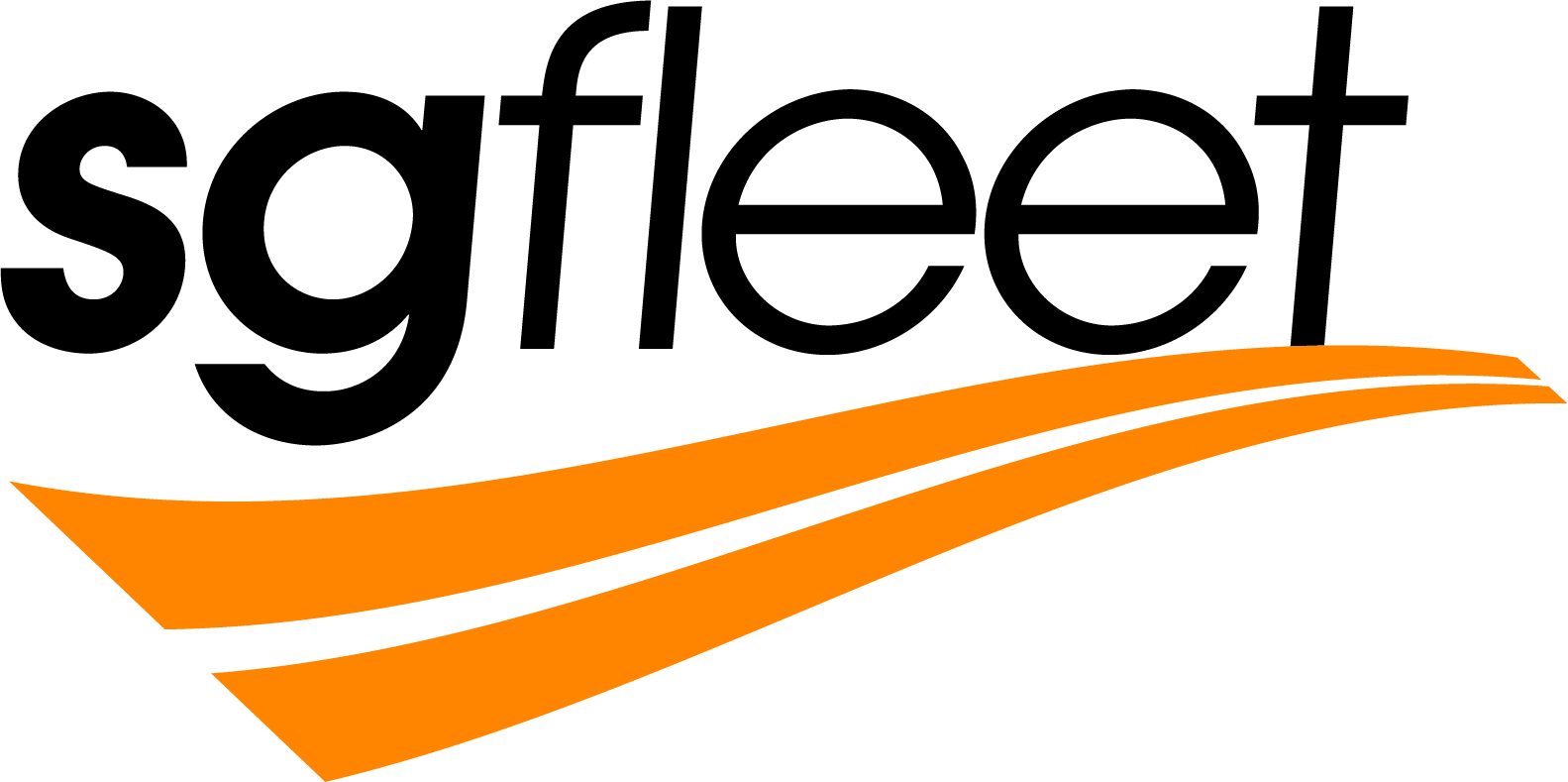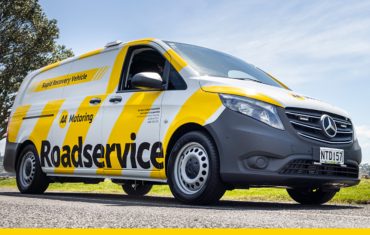
Key considerations in managing leased vehicles
FinanceWhen you lease vehicles for your business you need to think about how you will manage those vehicles. You have responsibilities to your company to maximise efficiency while minimising costs. Let’s take a look at what you need to consider while managing leased vehicles in your fleet.
Your responsibilities
Leasing vehicles for your business reduces risk, improves cash flow and offers flexibility and efficiency. As the lessee, you have certain responsibilities for the vehicles you lease. These will be outlined in the terms of your lease and will include:
- Making lease payments on time.
- Maintaining the vehicles and arranging repairs when required.
- Following maintenance and service schedules and any other requirements set out in warranties.
- Adherence to any restrictions – i.e. which drivers are allowed to drive a leased vehicle, taking a leased vehicle off-road.
- Renewing warrant of fitness and registration for the vehicle.
- Ensuring you meet your tax obligations.
- Meeting final costs including excessive wear-and-tear, charges for additional mileage, vehicle resale charges, etc.
Reducing costs
You can take steps to reduce fleet costs for your company. These can include:
- Reassess who will be issued a fleet vehicle and for what purpose. You can make significant savings by pooling cars and reducing the number of people allocated a company vehicle for solo use.
- Encourage the adoption of EVs or plug-in hybrid vehicles. If possible, incentivise the adoption of these, as they offer significant savings in fuel and maintenance.
- When selecting fleet vehicles, make fuel efficiency a key factor in the decision-making process.
- Upskill drivers to improve their skills, decreasing the number of accidents and improving fuel efficiency.
- Ask your staff for suggestions to improve fleet spending. You may be surprised at the innovations they come up with.
Find out more about reducing fleet costs and emissions in this article.
Optimal vehicle replacement
A crucial aspect of managing a fleet is around vehicle replacement. It’s vital to maximise the value your company will gain from a vehicle while minimising costs associated with keeping that vehicle running.
As a vehicle ages, it’s capital cost decreases, while the cost of operating it increases (more repairs, less fuel efficiency, etc).
If you plot these costs on a graph, there is a point where they meet. Timing vehicle replacements so they fall as close to this point as possible is known as optimal vehicle replacement.
We’ve created a downloadable guide explaining more about optimal vehicle replacement and how to calculate it for your fleet.
Vehicle choices
Electric power is a rapidly growing auto industry segment, and EVs or plug-in hybrids will be part of your future planning – if they’re not already.
We’re helping fleets adopt EVs or plug-in hybrids in order to reduce costs and emissions, improve company reputation, and promote sustainability. We can provide expert consultancy to help you understand when to switch, what to switch to and how to manage your costs.
Managing your fleet involves juggling a range of factors. When you get it right, it’s a rewarding role that improves productivity and job satisfaction at your company, while also keeping costs low. With the right tools at your fingertips, you’ll race ahead of your competitors.
Talk to SG Fleet / LeasePlan today about how you can manage your business vehicles more safely and efficiently, and successfully plan to Start Electric.
 Driving Insights
Driving Insights




